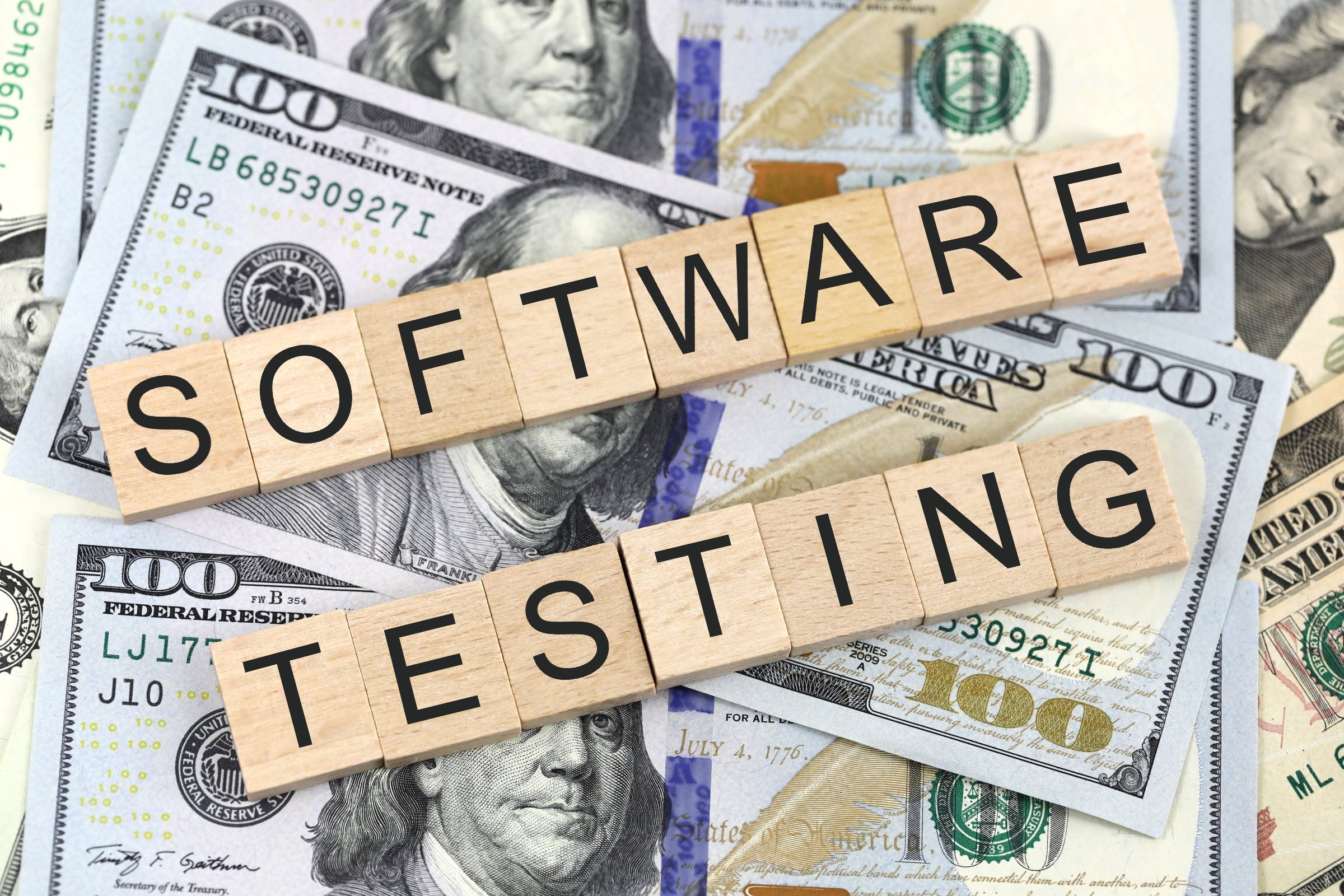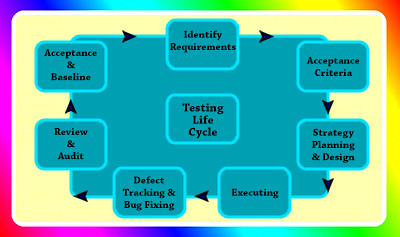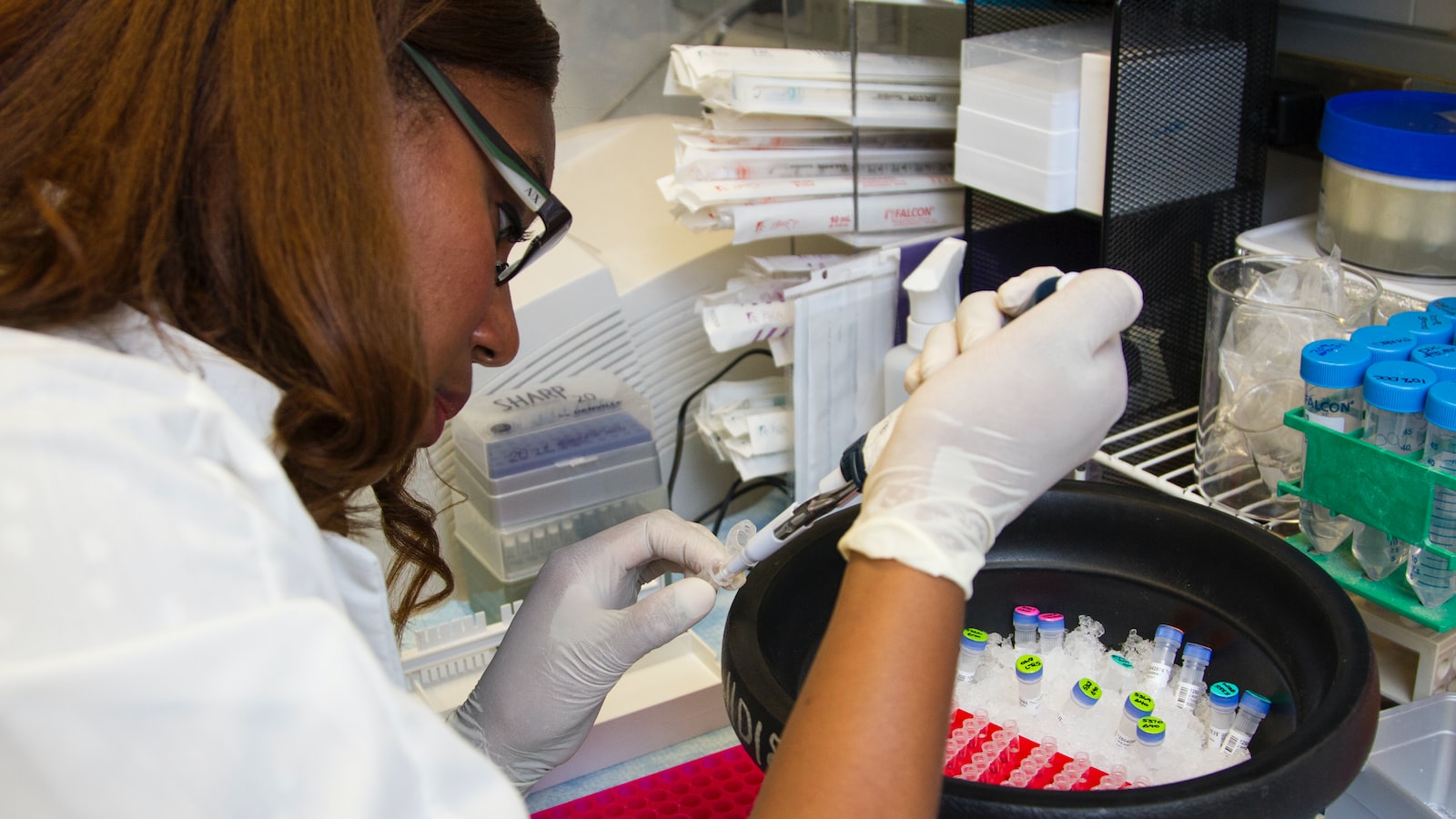In the vast realm of software development, meticulous planning and impeccable execution are the keystones of success. But amidst the myriad of critical tasks, one vital aspect tends to slip through the cracks, awaiting its dazzling moment in the spotlight. Yes, we’re talking about software testing – the guardian angel of flawless functionalities and untarnished user experiences. Picture this: a grand orchestra set to perform a timeless symphony. Yet, what good is the orchestra without a perfectly orchestrated prelude? Similarly, without nailing the ideal time to initiate software testing, the harmony within our digital creations risks being marred. Join us as we embark on a journey to unravel the enigmatic question: What is the perfect prelude to software testing? Brace yourselves, for the answers are about to be revealed, promising us the harmonious symphony we have long been yearning for.
Unlocking the timing puzzle: Determining the optimum phase to commence software testing
Software testing is an integral part of the development process and plays a vital role in ensuring that the final product meets the highest quality standards. However, one of the key challenges faced by organizations is determining the ideal time to commence software testing. It’s like solving a puzzle, where finding the right timing is crucial for achieving a successful outcome.
Fortunately, there are several factors that can guide us in unlocking this timing puzzle. First and foremost, understanding the project requirements and objectives is essential. This helps in assessing the level of complexity and the potential risks involved. Additionally, it allows the testing team to align their approach and resources accordingly. Secondly, considering the development lifecycle is crucial. Identifying the software development phase where major functionalities are stable can significantly impact the effectiveness of testing. It’s important to avoid premature testing when changes are still frequent, as this can lead to a waste of resources. Lastly, establishing strong communication between the development and testing teams is key. By collaborating closely, both teams can coordinate efforts, prioritize areas to be tested, and identify any dependencies that may affect the timing of testing.

The key elements to consider: Delving into the factors influencing the ideal commencement of software testing
When embarking on software testing, it is crucial to consider various key elements that can greatly influence the ideal commencement of the process. These factors play a significant role in ensuring a smooth and effective testing phase, ultimately leading to high-quality software delivery. Let’s delve into some of the most important aspects to be mindful of:
1. Clear Understanding of Requirements
An essential starting point for any software testing endeavor is a thorough comprehension of the project’s requirements. Clear and concise specifications provide the necessary foundation for designing comprehensive test plans and strategies. Understanding the scope, functionalities, and user expectations enables testers to identify potential bugs and vulnerabilities effectively. Moreover, it helps establish robust communication channels between the development team and testers, facilitating the early resolution of ambiguities and reducing rework.
2. Suitable Testing Environment
Creating an appropriate testing environment significantly impacts the efficiency and accuracy of software testing. Testers need to ensure that the testing environment mirrors the production environment as closely as possible while still maintaining sandboxing provisions for risk mitigation. This ensures that issues encountered during testing are more likely to be reflective of real-world scenarios, providing better insights into the software’s performance and behavior. The testing environment should accurately replicate the hardware, software configurations, network conditions, and third-party integrations that the end-users will experience.
These key elements serve as the building blocks of successful software testing, allowing teams to identify and address potential issues at an early stage. By considering these factors, testers can substantially enhance the efficiency and effectiveness of the overall testing process.

Strategizing for success: Recommendations for maximizing the outcomes of software testing initiation
In order to maximize the outcomes of software testing initiation, it is crucial to develop a well-thought-out strategy. Here are some key recommendations to consider:
- Define clear testing objectives: Before commencing the testing process, it is essential to clearly define your objectives. By setting specific and measurable goals, you provide a clear direction for your testing efforts and ensure that they align with the overall project objectives.
- Establish a comprehensive test plan: A well-structured test plan serves as a roadmap for successful testing. It should include details about the testing scope, testing techniques, test environments, and necessary resources. By creating a comprehensive test plan, you can ensure that all aspects of the software are thoroughly tested, reducing the risk of overlooking critical areas.
- Implement effective communication channels: Communication is vital in any testing initiative. Establishing efficient channels for communication between the testing team, developers, and stakeholders is essential. Regular feedback, progress reports, and status updates should be exchanged to keep everyone informed and address any issues or concerns promptly.
Ensure proper test environment setup: A well-prepared test environment is crucial for successful testing. It should replicate the production environment as closely as possible, with the necessary hardware and software configurations. By ensuring the test environment is reliable and accurately reflects the intended user experience, more accurate and reliable results can be obtained.
- Adopt a risk-based approach: Prioritizing testing efforts based on the associated risks is an effective strategy. Identify critical functionalities and areas most prone to failure. Allocate resources accordingly to ensure thorough testing coverage in high-risk areas, reducing the likelihood of major issues slipping through the cracks.
- Encourage collaboration and knowledge sharing: Promote collaboration and knowledge-sharing among the testing team members. Encouraging open communication and sharing best practices fosters a culture of continuous improvement. This enables the testing team to leverage each other’s strengths and experiences and ultimately deliver better outcomes.
By incorporating these recommendations into your software testing initiation strategy, you can lay a solid foundation for success. A well-planned, coordinated, and comprehensive approach to testing increases the likelihood of identifying and resolving potential issues and ultimately leads to the delivery of a high-quality software product.

Timing is everything: Unveiling the industry best practices for determining the perfect prelude to software testing
In the fast-paced world of software development, timing is undeniably critical. Determining the optimal prelude to software testing requires a meticulous approach and industry best practices that can make or break the success of any software project. Here, we unravel the secrets behind perfecting the timing of software testing, ensuring a smooth and efficient software development lifecycle (SDLC).
1. Understand the project scope:
- Analyze the requirements and objectives of the software project.
- Identify potential risks and challenges that may impact the timing of testing.
2. Define clear milestones:
- Establish achievable milestones throughout the SDLC.
- Allocate sufficient time for each phase, from requirement gathering to deployment.
- Ensure that the timing of testing is integrated into the overall project plan.
3. Implement continuous integration:
- Integrate automated testing into the development process.
- Perform small, frequent tests to catch bugs early on.
4. Consider user feedback:
- Engage users throughout the development cycle to gather feedback.
- Incorporate user feedback into the testing process to enhance product quality.
By following these industry best practices, developers and testers can master the art of timing in software testing. Remember, it is not just about hitting deadlines but also ensuring comprehensive and reliable testing.
Insights and Conclusions
As we draw the final notes of this symphony of software testing, we have journeyed through the intricate melodies of timing and preparation. Together, we have explored the harmonious union of thoroughness and efficiency, seeking the elusive moment to unveil the ideal commencement of software testing.
From the stirring overture of project initiation to the crescendo of code completion, we have unraveled the enigma of timing. Like a skilled conductor, we have dissected the intricate interplay between development and testing, seeking the sweet spot where quality and deadline converge.
With each passing movement, we have discovered the importance of early engagement, striving to establish a symphony of collaboration. By involving testers, developers, and stakeholders from the very genesis, we have nurtured an environment where software testing harmonizes with the broader development process.
We have danced to the rhythm of risk assessment, conducting a delicate balance between uncertainty and assurance. In this ballet of intuition and expertise, we have urged caution against rushing into testing prematurely, while also heeding the consequence of delayed initiation. The tempo of readiness, it seems, requires a maestro’s finesse.
As our performance comes to a close, we are left with an unequivocal truth: the perfect prelude to software testing is not a static, immutable formula. Rather, it is an exquisitely crafted blend of art and science, a delicate composition tailored to the unique needs of each project.
So, dear reader, in your future endeavors, may you find solace in the symphony we have shared. Embrace the orchestration of collaboration, timing, and risk assessment – for it is in this intricate arrangement that the ideal time to initiate software testing shall be revealed.
As the final note fades into the ether, we bid you adieu until our paths cross again. May your software testing endeavors be filled with ardent anticipation, harmonious execution, and triumphant crescendos.
Software testing has become an essential part of the product development life cycle. By testing software prior to release, companies can provide quality outputs and often automate bug fixes to ensure all applications and software are working as expected. However, many organizations are uncertain as to when such testing should start. This article outlines the ideal time for initiating software testing; the “perfect prelude” for a successful software release.
First, software testing should start as early as possible in the development process. The earlier one can begin testing, the more time there is to detect and resolve any software defects. Just like you would test a car’s brakes before hitting the streets, testing should also be conducted to ensure all features and functions of the application are tested and passing before any release.
Second, software should be tested frequently throughout development. The more a software product is tested, the better chance it has for success. It’s important to test major features regularly, usually after each software version is released to the public. This ensures that all potential issues are found and fixed before the final launch.
Finally, there should be comprehensive system-level testing prior to launch of the product. This includes stress testing, interface testing, data throughput and any other relevant factors that must perform correctly for the software to function properly. If all of these tests prove successful, then the product is ready for launch.
Given its importance, software testing should never be overlooked. Companies should ensure that testing is initiated early, tested regularly and conducted in extreme detail before going to market. The perfect prelude to a successful software launch is a comprehensive software test plan that includes all of the above elements. With such a testing plan in place, companies can ensure that their applications are in a high-quality state and ready for launch.
